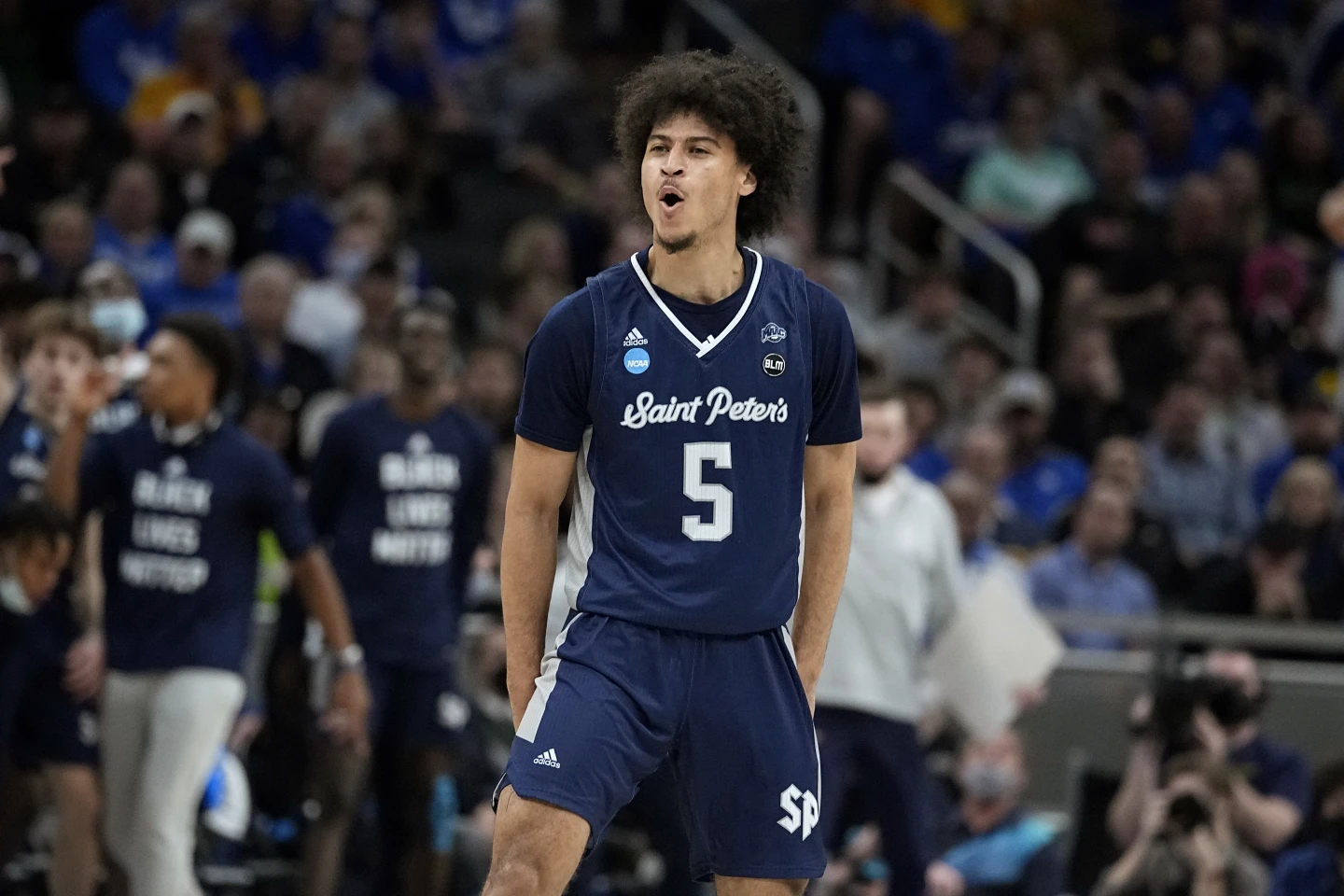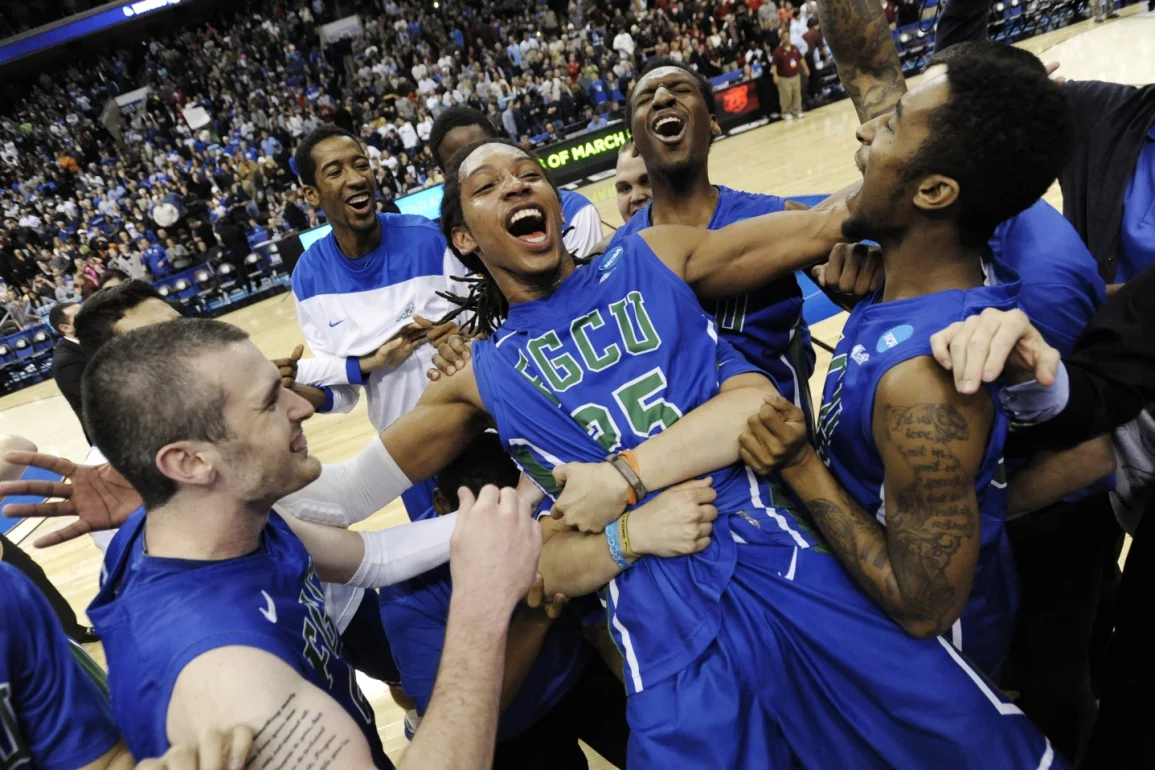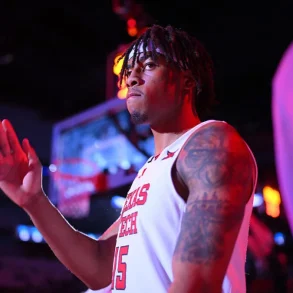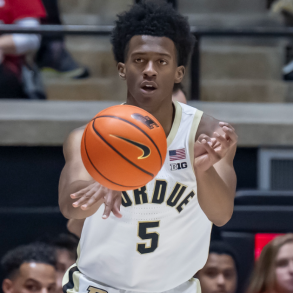Almost every year, at least one unexpected team surprises everyone in the NCAA Tournament, capturing the hearts of basketball fans and ruining their brackets.
This year, that didn’t happen.
For the first time since the bracket expanded to 64 teams in 1985, all 16 regional semifinalists are from major conferences. Many believe this is because the transfer portal has caused the best players to gather at the big schools that offer the most NIL money and, soon, the most through revenue sharing.
Is this year just a rare event? Purdue coach Matt Painter, whose 2023 team became the second No. 1 seed in history to lose to a No. 16 seed (Fairleigh Dickinson), certainly hopes it isn’t.
“The upsets and how valuable the upsets are to the common fan, it’s created March Madness,” he said on Thursday. “Let’s not get away from it. It’s a big piece of March Madness.”
Arizona’s Tommy Lloyd said it’s too early to determine if the days of Cinderella stories are over or just less common.
“I don’t know if there’s enough sample size yet to say this is NIL-driven or just how it broke this year,” Lloyd said.
There have been 15-seed teams in the Sweet 16 for three straight years recently: Oral Roberts in 2021, Saint Peter’s in 2022, and Princeton in 2023. Saint Peter’s even made it to the Elite Eight.
And let’s not forget Florida Gulf Coast’s “Dunk City” team in 2013, which was the first No. 15 seed to win two tournament games. Or how about 2018 Loyola-Chicago, with Sister Jean and the 11th-seeded Ramblers making it to the Final Four?
These types of stories are missing this year, as the SEC sent a record seven teams to the Sweet 16, with the Big Ten and Big 12 sending four each, and the ACC sending one.
That doesn’t mean smaller teams didn’t create some excitement. No. 12 seed McNeese State, with its social media star student manager, upset Clemson. No. 11 Drake, with its four Division II transfer starters, beat Missouri, and No. 15 Robert Morris played Alabama closely before losing.
Kentucky’s Mark Pope said those games still brought the March excitement, and the talent pool among players and coaches is so deep that there will always be surprising upsets.
“I think it’s because it’s a pure meritocracy,” he said. “Once you start playing, it doesn’t matter what your budget is, doesn’t matter if you came in on a bus or flew in on a plane. Doesn’t matter if you don’t have 17 different uniforms or if you have only one. Doesn’t matter if you have holes in your shoes or your 75th new pair.”

BYU coach Kevin Young said this year’s Sweet 16 shows the challenge that smaller schools face in today’s college sports world
“It’s not even that people are coming to get their players,” he said. “Kids are smart; they see what’s out there, and they think that they can better their situation by going in the portal and maybe going to a bigger school that can offer more to them.”
Three of the five first-team AP All-Americans this season started at schools outside the power conferences—Auburn’s Johni Broome at Morehead State, Alabama’s Mark Sears at Ohio, and Florida’s Walter Clayton Jr. at Iona. The same is true for three of the second-team picks—JT Toppin of Texas Tech (New Mexico), RJ Luis Jr. of St. John’s (UMass), and John Tonje of Wisconsin (Colorado State).
Nate Oats, who moved from Buffalo to Alabama after March success, said coaches at strong mid-major programs have a tough time keeping their teams together.
“I don’t know that I would have been able to keep my whole team together at Buffalo in today’s day and age,” said Oats, whose 2018 and 2019 teams won first-round games.
While power-conference teams are getting older with the transfer portal and not relying as much on high school recruits, Oats believes mid-majors that bring in the best young players will still have chances to win in March.
“There’s a lot of freshmen that are not getting offered at the high-major level that would have used to get offered that now are ending up at mid-major schools, and some of them are really good,” Oats said. “Those mid-major schools, they’re going to have to do a really good job of evaluating talent coming out of high school.
“I think it’s still going to be done, but it might be a little bit harder. I think you’ll still see some Cinderellas coming through.”







